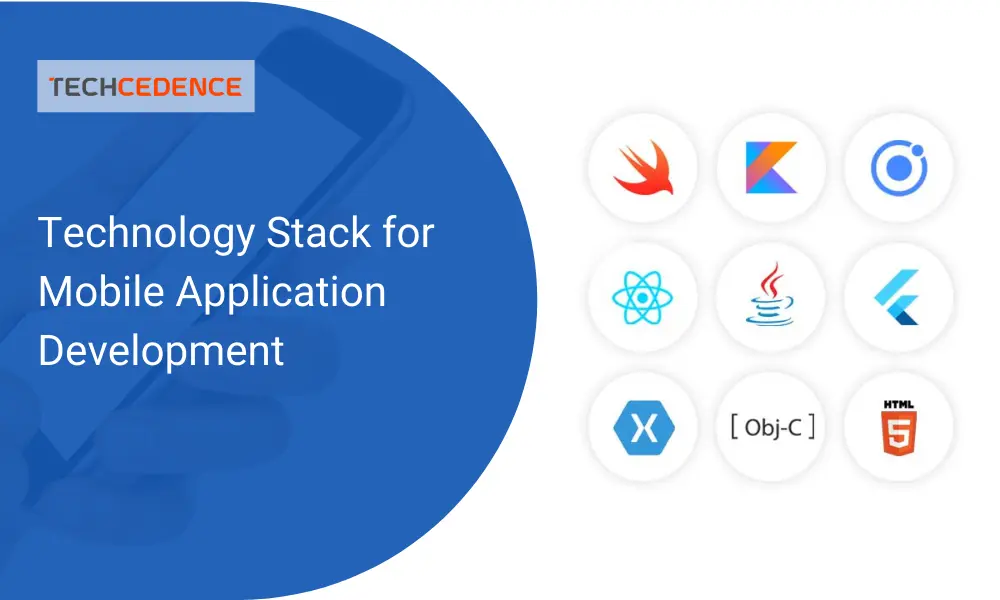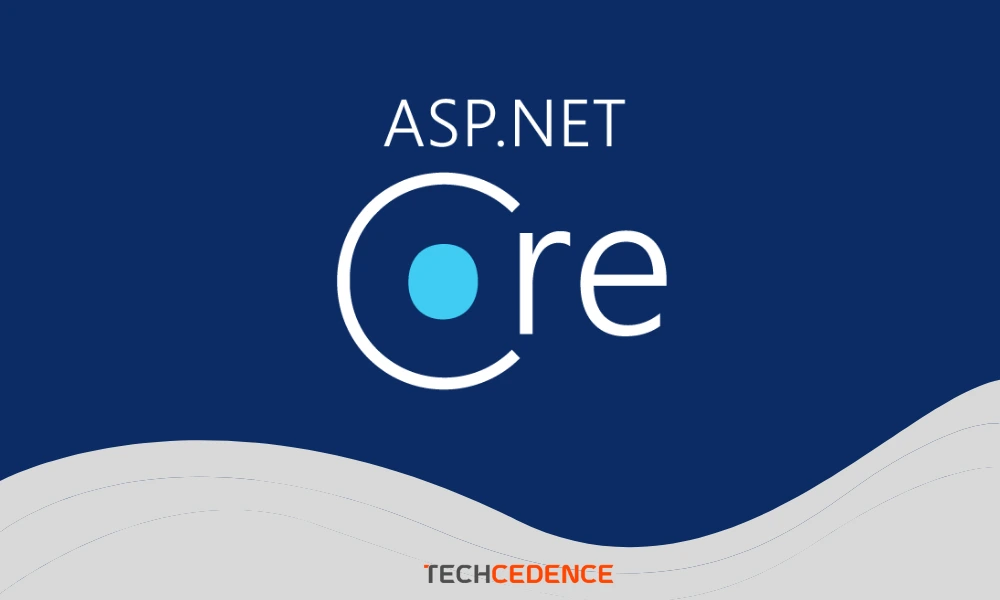The term Telehealth is defined as health services provided using telecommunication technology. Telehealth refers to remote healthcare services through telephone, video conferencing, fax, emails and computers. Telehealth services primarily aim to provide access to doctors, physicians from anywhere, anytime.
Telehealth overcomes geographical boundaries and provides accessible, convenient healthcare for patients remotely.
Telehealth is not new to the medical field and has been in practice for decades, Patients have been consulting with their family physician through telephone. Due to the global pandemic, Telehealth has been at the forefront encouraging people to avoid personal visits and consult doctors through healthcare portals.
Telehealth Portal
A Telehealth portal is ideally an online platform that offers telehealth services by connecting doctors and patients. Telehealth services are offered through online video conferencing platforms or mobile app. These platforms offer patients 24/7 access to healthcare through online appointments and virtual visits. There are many healthcare platforms available that connect patients to doctors. The platforms are flexible and come with numerous features like uploading a lab report, and inviting a member of the family to be present during the consultation.
Availing telehealth services is simpler than it sounds. Patients have to register themselves on the online portal and request a visit.
If patients don’t want to have face-to-face interaction, they can opt for consultation over the phone using a toll-free number.
Advantages of telehealth over the traditional system
- Easy access to specialty care from rural or remote areas.
- Diagnose common health problems without visiting a doctor
- Public holidays, late night, weekends don’t hinder consultation with a physician
- Telehealth is preferred during the patient’s inability to commute due to health conditions or bad weather or a pandemic.
- Prevent spreading of contagious illness
- Avoid long hours of commute to visit the doctor and spending waiting time
While telehealth platforms offer numerous advantages there are some limitations:
- Doctors have to rely on patients for temperature or sugar level
- Checking blood pressure or access to the lab is possible only through a physical visit
- Difficult to determine the cause of the problem without a doctor’s physical examination.
- Poor internet connectivity might delay or affect your virtual consultation
How the Telehealth Applications Works?
Telehealth applications are based on video chat technology so ideally a patient would need a smartphone or iPad or laptop for a virtual consultation.
- Patients have to register themselves with a telehealth application
- Submit basic information about their medical condition and symptoms
- Patients can schedule an appointment from listed doctors and seek consultation. They can also reach doctors for emergency needs without an appointment.
- Pay for consultation through the payment gateway
- Once the appointment is accepted, virtually consult with a doctor over video conferencing
- The consultation happens through video chat or telephone calls.
- The application allows the sharing of prescriptions, lab reports, and pictures online to aid diagnosis or treatment.
- Patient records and doctor’s prescriptions are saved for follow up consultation.
- Patients can provide a review of their virtual consultation experience.
The telemedicine applications are HIPAA compliant and ensure to keep the patient information secure from data theft.
Apart from consultation, some telehealth applications also assist with disease management. Patients can get a second opinion from specialists across the world to make an informed decision about their health.
To summarize, Telemedicine applications is a win-win for both doctors and patients and is undeniably an alternative to a physical doctor visit. The technology has saved time and money for patients and reduced the overhead for hospitals and clinics.
If you are looking to set up a digital healthcare platform, consult an experienced software development company to evaluate your idea. Based on your requirement and audience, they can develop a telemedicine website or a telemedicine mobile app.


